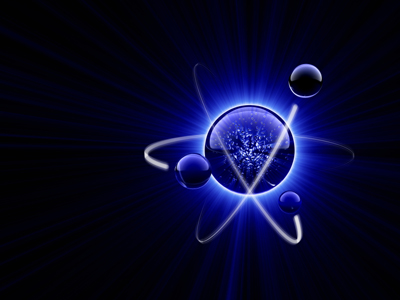
Chemistry - Atoms (AQA)
In order to understand GCSE Science, students must be familiar with the basic and fundamental ideas of Chemistry, such as atoms, bonding and the periodic table of elements. This is the first of six quizzes which will help to clarify these ideas and it looks in particular at atoms.
Atoms are one of the fundamental ideas in Chemistry, but how were they discovered? Greek philosophers were very good at carrying out 'thought experiments'. One of these was done by Democrites who considered what might happen if you took a piece of rock and hit it with a hammer. It's not too difficult to work out that it would shatter. But then he wondered about what would happen if you then took one of the smaller pieces and hit that with a hammer and so on. He decided that you would probably end up with a piece so small that it could not be broken any smaller. The Greek word for 'indivisible' was 'atomos' and that is the origin of the word 'atom'.
Protons - P for positive
Neutrons - NEUT for neutral
So the electrons must be negative
Ready for more?
not all...
quizzers. Try to win a coveted spot on our Hall of Fame Page.







